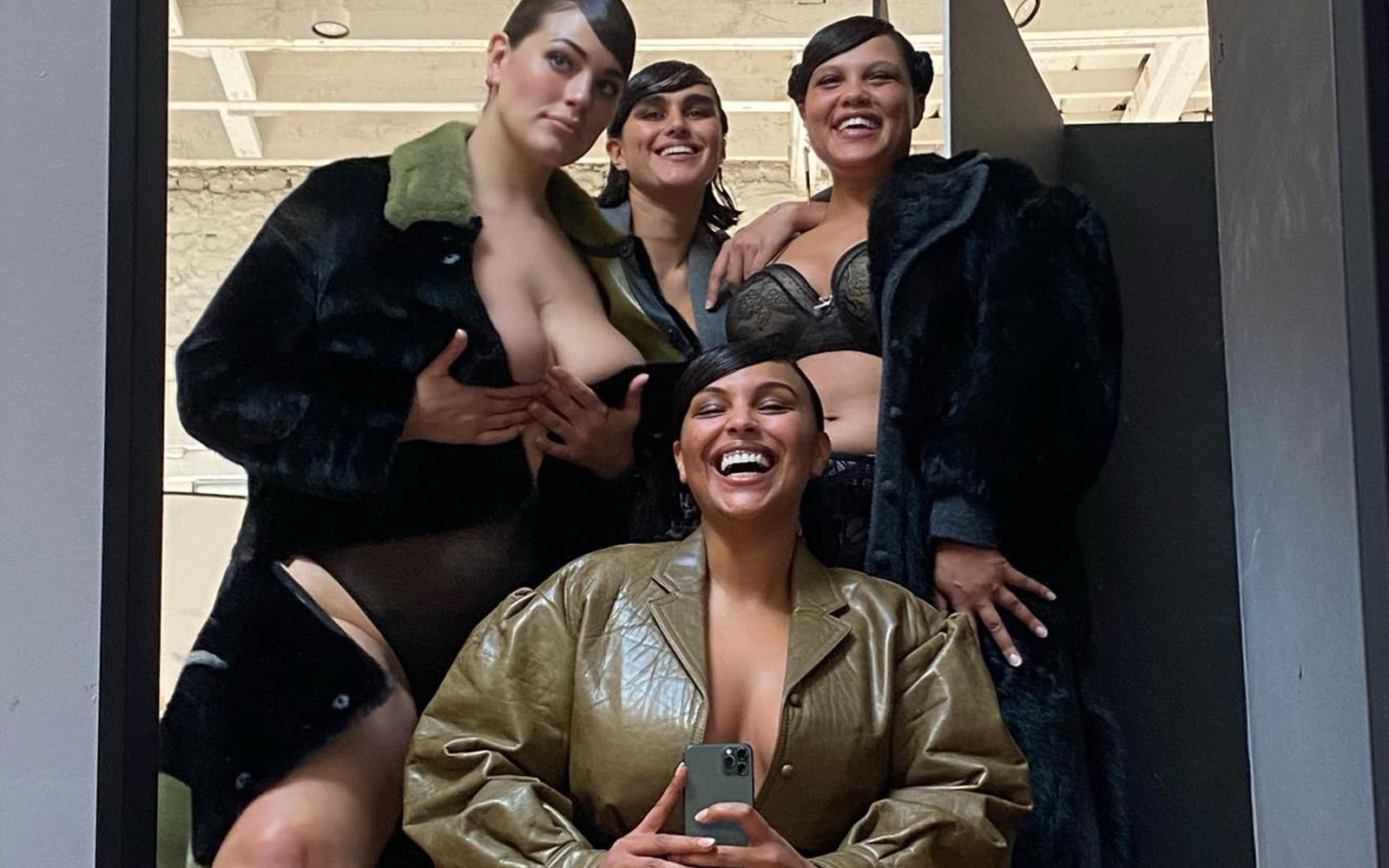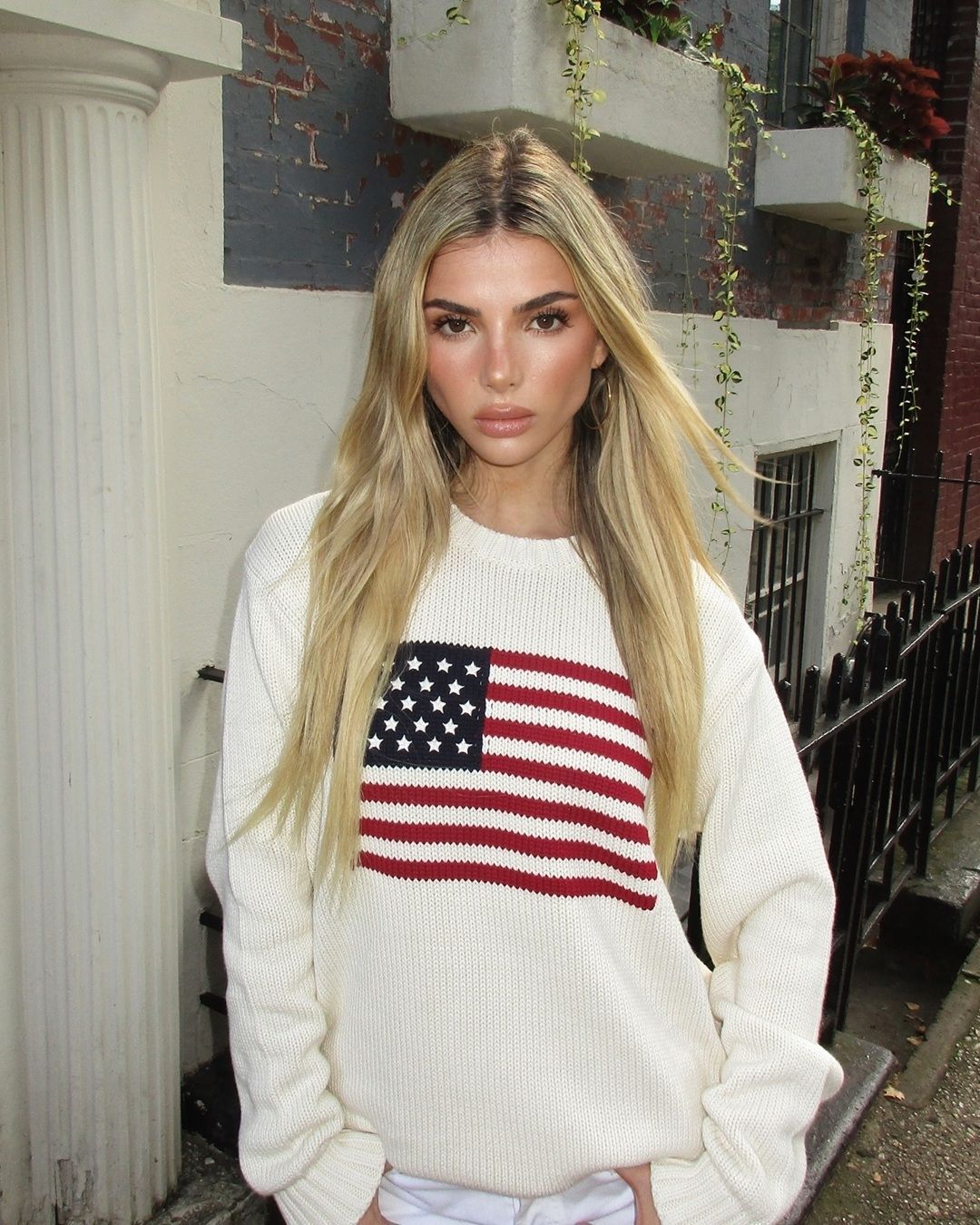
What's fatphobia and why is it still a current problem The fear of diverse impacts body positivity reversely
Despite the ever-expanding conversation about body positivity and increased social sensitivity regarding inclusivity, the road to real acceptance of is still a long one. This is demonstrated by the phenomenon of fatphobia, the cause of the "stigma that grips people who are overweight or obese, a behavioral bias that judges people based on their weight" that all too often emerges in everyday life as happened this summer with the Boiler Summer Cup but especially when it comes to fashion, complicit in the aesthetics of the glossy pages that have constructed an image that prefers the aspirational thinness of models to the real shapes of the people who leaf through the pages imposing a very precise representation of what is beautiful and what is not for the fashion world. When A phenomenon also explored in cinematography, which it depicted with the likes of Lives on the Edge and The Biggest Loser by photographing the dynamics that lead people who do not submit to physical standards defined as "beautiful" as outsiders hindered in life by the judgments of others reflected on them. The word "fat" marks like a scarlet letter the person it defines, a stigma that increases when referring to a woman, whose body is constantly under the watchful eye of those who desire and objectify it by comparing it to the previously mentioned standards. The perception that this kind of physicality is a mistake to be erased or a sin to be atoned for by feeding only on detox drinks, killing oneself on sports and wearing shapeless, ultra-covering clothes has nothing to do with health (as it is often justified), but, as Sabrina Strings explains well in the essay "Fat Phobia," is a result of Western systemic racism and sexism.
Without going into too much detail or back in time, one only has to think of the fashion of the early 2000s or Kate Moss's 90s heroin chic to concretize the impact of thin priviledge in blurring the critical sense of what is beautiful and what is healthy for a body, the same criticism levelled at personalities such as Lizzo or Ashley Graham accused of promoting an equally unhealthy lifestyle because they justify a body-positive image that is automatically associated with unregulated lifestyles that misuse food, while models identified along with their colleagues Paloma Elsesser and Jill Kortleve as representative symbols of inclusivity on the catwalks live in a condition of access to the most exclusive tools to ensure their mental and physical well-being. Beyond the privilege of celebrities however a body can be beautiful and healthy even with more than 28 percent body fat, despite the fact that even today we still struggle to accept Marilyn's curvaceous curves, which are interpreted as "a hideous behind" by the discerning eye of those working with fashion today. The many unfortunate social phenomena that have occurred regarding fatphobia expose how the current standard still imposes thinness as a pass to fall into the category of "cool kids," who today dress Y2K trends with very low waists and micro-mini skirts, garments that despite clever styling do not always emphasize the figure in an inclusive way and end up being exclusionary styles.
It has been shown that exercising this fatphobic bias toward oneself or others has serious consequences. Often, fatphobia escalates into bullying and results in a long series of toxic behaviors toward those who, according to our yardstick, do not meet our own standard of beauty. Weight stigma can have a lifelong negative impact on one's relationship with food, mental health, building a proper body image, generating, low self-esteem and social anxiety at best cai. The road to understanding and internalizing that no body is wrong, ugly or undesirable is still a long one. So how do we get out of it? The way is pointed out by the girls of @belledifaccia, a project conceived by Chiara Meloni and Mara Mibelli with the aim of shedding light on the body positive movement and fat acceptance that has given rise to an association and a book entitled "Belle di faccia. Techniques for rebelling against a fat-phobic world." The first step is to do some soul-searching and ask yourself: are we fatphobic? The second is to listen to marginalized people, putting them at the center of the discourse and not ourselves, to orient ourselves toward a behavior of acceptance of the different and to amplify the voices of fat people without ghettoizing them, without making a word of the Italian language responsible for suffering of the human soul. Finally, in order to make things change even at the global image level as they are already doing but not enough, we need to continue to ask fashion brands for more inclusive clothing sizes and aspirational representations that include all physiques in fashion, beauty and luxury campaigns, crush hater comments and above all, get informed on the subject.

























































